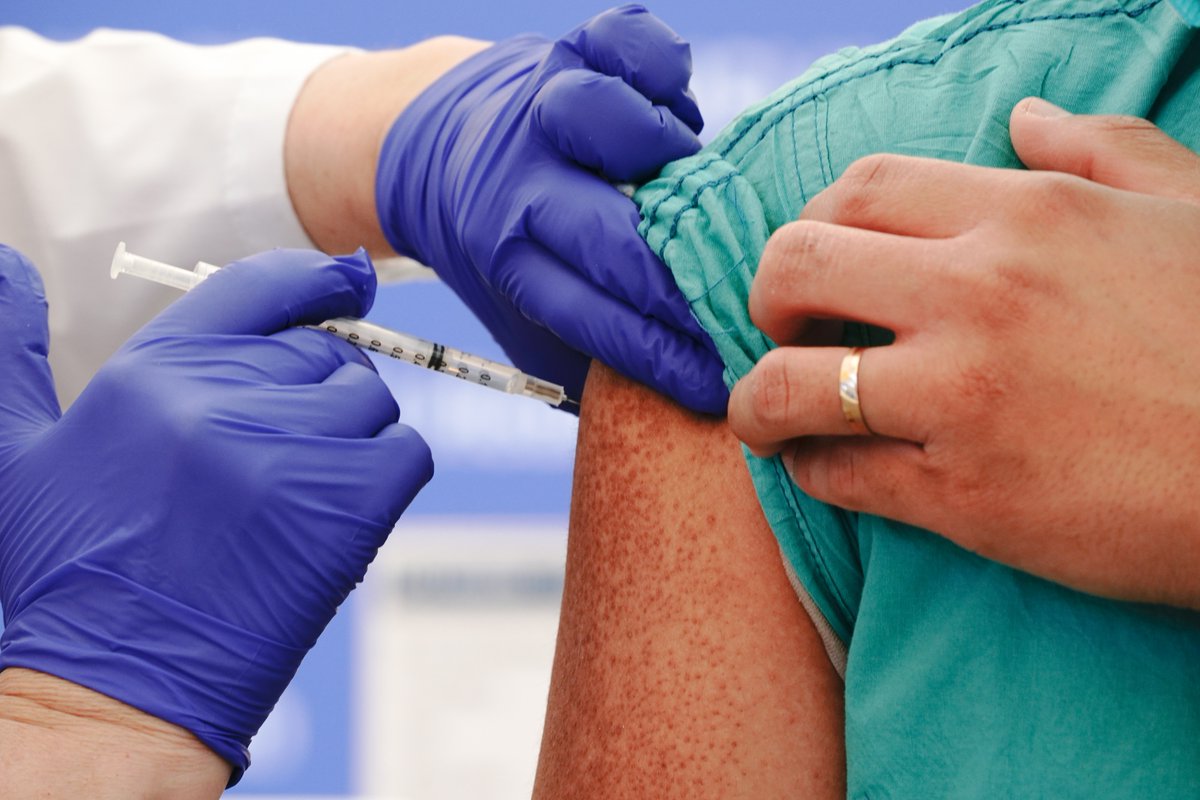
The death toll from Covid-19 has been compared to deaths from:
➡️Seasonal influenza
➡️War
➡️Heart disease
➡️Car accidents
➡️Swimming-pool drownings
Here’s how they compare after nearly a year of the coronavirus trib.al/WNSB44S
➡️Seasonal influenza
➡️War
➡️Heart disease
➡️Car accidents
➡️Swimming-pool drownings
Here’s how they compare after nearly a year of the coronavirus trib.al/WNSB44S
At 500,000 and counting, U.S. Covid fatalities are now far higher than annual deaths from most of those other things.
They’re also higher than any short-term infectious outbreak since 1918, when around 675,000 people died — equivalent to 2.2 million today trib.al/WNSB44S
They’re also higher than any short-term infectious outbreak since 1918, when around 675,000 people died — equivalent to 2.2 million today trib.al/WNSB44S

The overall number isn’t the whole story. 81% of U.S. Covid fatalities have been people aged 65+.
There’s nothing unusual about this age profile — the different age groups’ share of Covid deaths is strikingly similar to their share of deaths, period trib.al/WNSB44S
There’s nothing unusual about this age profile — the different age groups’ share of Covid deaths is strikingly similar to their share of deaths, period trib.al/WNSB44S

Still, this age distribution is very different from some of the other things that kill us.
Past influenza pandemics, for example, often exacted their worst toll among children or young adults. Wars tend to be especially deadly for young adults trib.al/WNSB44S
Past influenza pandemics, for example, often exacted their worst toll among children or young adults. Wars tend to be especially deadly for young adults trib.al/WNSB44S

Most of the tables that follow show the age distribution in the February 24 CDC Covid-deaths-by-age report, and compare the resulting deaths per 100,000 in each age group to the annual average for 2017-2019 in the CDC’s underlying-cause-of-death database trib.al/WNSB44S 

Let’s start with seasonal influenza and pneumonia.
What’s striking is that, while Covid wasn’t too dangerous for kids on the whole, it flips to being deadlier than the flu and pneumonia at some point in the teenage years and rapidly turned much deadlier trib.al/WNSB44S
What’s striking is that, while Covid wasn’t too dangerous for kids on the whole, it flips to being deadlier than the flu and pneumonia at some point in the teenage years and rapidly turned much deadlier trib.al/WNSB44S

It’s not the worst such risk they have ever faced, of course. The 1918 influenza hit those in their late 20s hardest of all.
And from 1999-2001, annual HIV deaths among those in their 20s through 40s were roughly equivalent to the past year’s Covid deaths trib.al/WNSB44S
And from 1999-2001, annual HIV deaths among those in their 20s through 40s were roughly equivalent to the past year’s Covid deaths trib.al/WNSB44S

The leading cause of death in the U.S. is heart disease. Measured against all heart disease, Covid was about three-quarters as deadly.
Those 25-34 and 65-84 faced the highest risk from Covid relative to heart disease, and those 85 and older the lowest trib.al/WNSB44S
Those 25-34 and 65-84 faced the highest risk from Covid relative to heart disease, and those 85 and older the lowest trib.al/WNSB44S

For those ages one through 24, Covid-19 has proved to be only about one-tenth as dangerous as cars and trucks normally are trib.al/WNSB44S 

The 2020 transport-accident statistics may look a lot different with more kids stuck at home and less driving going on.
But it’s jarring how much more risk this country’s children face from motor vehicles than from the deadliest pandemic in a century trib.al/WNSB44S
But it’s jarring how much more risk this country’s children face from motor vehicles than from the deadliest pandemic in a century trib.al/WNSB44S

Another threat to children is the swimming pool. Only about 700 Americans drown in swimming pools every year.
That said, American toddlers are 10 times likelier to drown in a swimming pool than die of Covid-19. So close that pool gate people! trib.al/WNSB44S
That said, American toddlers are 10 times likelier to drown in a swimming pool than die of Covid-19. So close that pool gate people! trib.al/WNSB44S

Suicide is a much bigger risk for teenagers and young adults than Covid has been.
The pandemic and its economic and social side effects have brought increased stress and thoughts of suicide, although evidence is mixed on whether actual suicides are up trib.al/WNSB44S
The pandemic and its economic and social side effects have brought increased stress and thoughts of suicide, although evidence is mixed on whether actual suicides are up trib.al/WNSB44S

Simply comparing deaths from all causes year to year delivers some remarkable results — even if 2020 deaths are still being counted.
Nearly 500,000 more deaths have been recorded in the U.S. in 2020 so far compared to 2019 trib.al/WNSB44S
Nearly 500,000 more deaths have been recorded in the U.S. in 2020 so far compared to 2019 trib.al/WNSB44S

25-44 year-olds saw the biggest percentage increase in deaths from 2019 to 2020.
Only about 25% of that increase has been attributed so far to Covid, indicating that young adults have been subjected to a unique amount of stress this past year trib.al/WNSB44S
Only about 25% of that increase has been attributed so far to Covid, indicating that young adults have been subjected to a unique amount of stress this past year trib.al/WNSB44S

• • •
Missing some Tweet in this thread? You can try to
force a refresh











